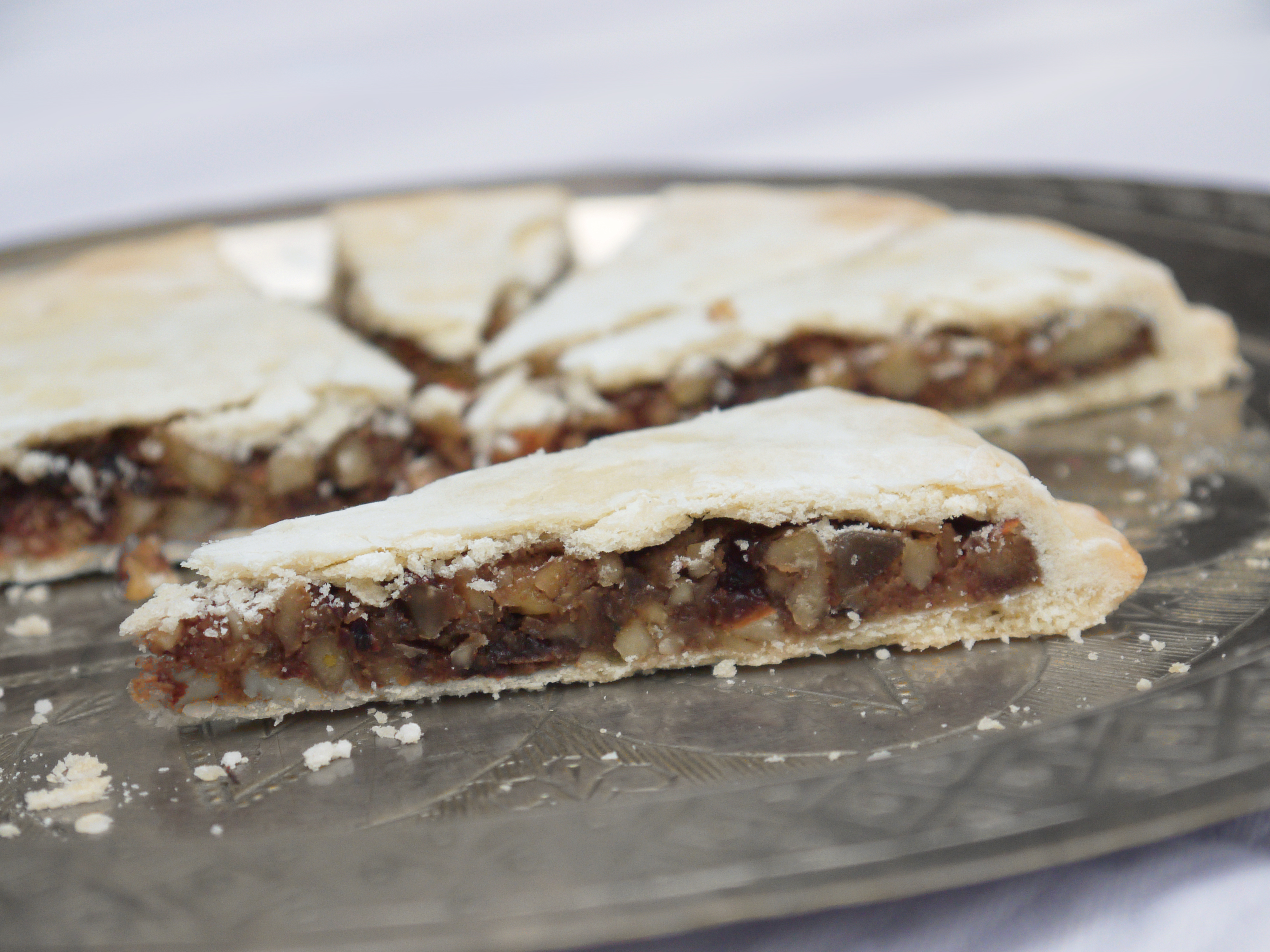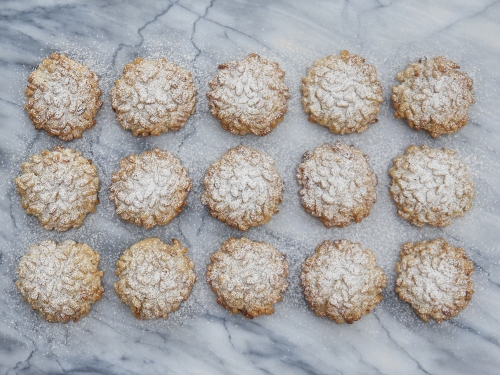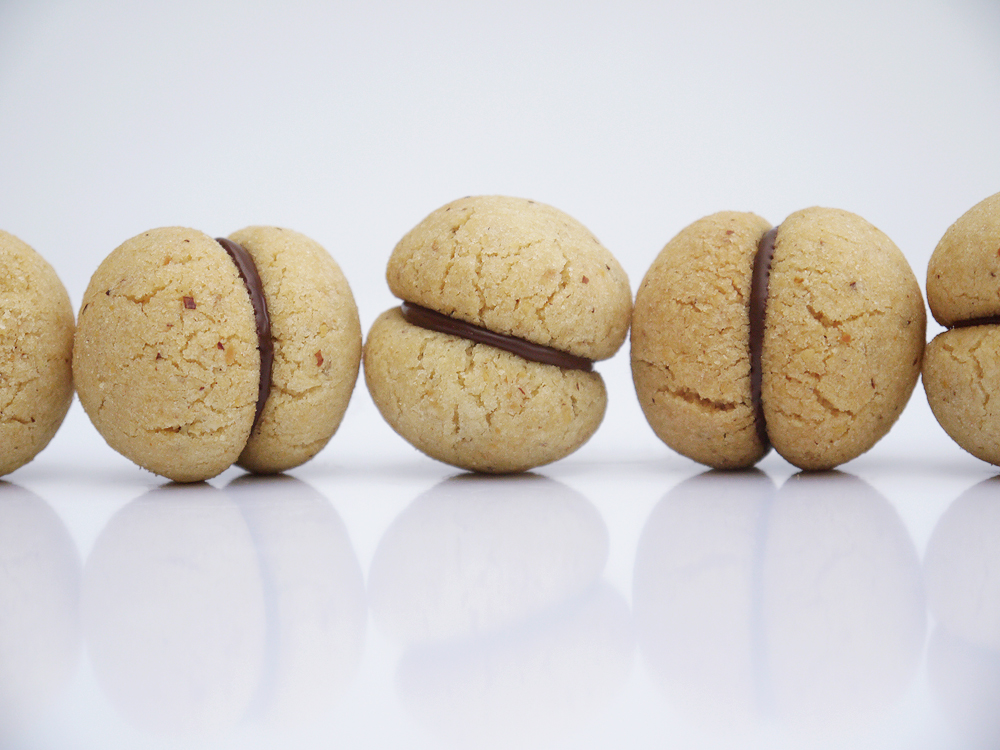Season’s Greetings to everyone! Yes, we’re back for the Twelve Days of Festive Baking 2020 edition!
You don’t need me to tell you that this has, quite frankly, been a year that we’d all like to forget. And given what we’ve all been through it makes those chances where we can come together all the more important. Our original plans were for a low-key Christmas at home and the chance to see a few friends, mostly outside and from a distance. And then about six hours ago we got the news that London would be going into a new top tier of lockdown restrictions. Stay home, no household mixing at all, and you can meet one person in a park. It does put a whole new spin on the Judy Garland song “have yourself a Merry Little Christmas”.
I’m a little late to this year’s baking series as I was not actually sure I would do it. In part I wasn’t sure I was in the mood for it when the news seems unrelentingly grim. And working at home, staring at a screen all day, leaves me less inclined to look at a screen in my free time. But then, it’s just not Christmas without lots of home baking and those lovely aromas drifting up from the kitchen. The trying times that we find ourselves in also lend a different slant to this year’s tour of festive treats from around the world. We might be at home, but we can still take a little gastronomic tour in anticipation of being able to actually travel more next year. So here goes!
I’ve been doing my Twelve Festive Bakes for a few years now, and there has been a strong leaning towards cookies. We’re starting this year off with a recipe that swings the pendulum in the other direction, as we’re going to have a go at a sweet festive tart called spongata di natale from the Italian region of Emilia Romagna. To me this seems like something from the renaissance, and the compete opposite of picture-perfect sugar cookies coated in thick, neat icing.

This tart has a rich filling of fruit, nuts and spices wrapped in pastry, which reminded me of British mincemeat pies. I always like to look around at different recipes before having a go at something to get an idea of whether a recipe is very standard or allows some variety. I found quite a few differences among the recipes – some have more nuts, while others favour using figs, jam and other dried fruits. Personally I liked the idea of something that was a bit further from our mincemeat pies – we’ve been dodging them in the UK since mid-October – so I plumped for a version that was big on nuts and citrus, with the filling bound together with acacia honey and flavoured with spices.

The original recipe that I found actually makes 15 of these tarts! While I’m absolutely in favour of sharing the fruits of my baking efforts at this time of year, that was too much even for me. I mean, I could find 14 other people to give them to, but there is that pesky Tier 4 and the need to limit social contact, so it would have been irresponsible of me to visit lots of different homes with baked goods. So I had reduced the recipe by a factor of five, so that I could make three of them. One for me, one for a friend, and a spare in case it was delicious and I regretted giving one away.
The recipe below seems quite long-winded, as I’ve tried to lay out the various steps, but it is actually quite straightforward. You do it over several days, starting with the filling, then you just need to make a fairly simple dough which you roll out, fill, cover and bake. You are supposed to make the filling and leave this to rest, so it’s a good job to do in a chilly evening, so it is ready a day or two later when you’re full of the joys of Christmas and want to spend time fiddling with pastry. I left my filling to rest for three days as suggested in the recipe I looked at, but in all honesty I don’t know that it really makes that much difference. I did not have the patience to make two versions and compare them, but I like the idea of a bit of ritual in making my Christmas goodies, and it also spreads out the mess in the kitchen and the tidying up. But if you make the filling one day and bake the next, I’m sure it will still taste great.
For the filling, I had to work out the spice quantities as the original amounts were ten grams of cloves, one-third of a nutmeg and a stick of cinnamon. I’ve no idea how those convert into tablespoons and teaspoons, so I’ve ended up with amounts that suit my taste. I would recommend going easy with the cloves, as they are a dominant flavour and it can be easy to go too far. I happen to really like it, but remember the old culinary adage – you can always add more. My experience is that the flavour will also intensify over time after baking, so by judicious with the heavy spices like cloves. They work well here with the nuts and honey, but it is very easy to go to far.

One the filling had lingered in the kitchen for a few days, I got round to making the tarts themselves. The dough is simple – it’s a shortcrust pastry that uses white wine rather than water as the binding agent. It might seem a bit silly, but I always think it seems really decadent to use wine like this. And note that the recipe doesn’t make a lot of dough. At first I thought at first that it was never going to work. The key is that you work the dough a lot – it’s a dough, not pastry, and you want some gluten to develop in there. I persevered and duly managed to roll the dough out very thinly. And lo and behold, it worked like a charm. If you have a go at these, it is just a matter of taking time – roll out the base thinly; add the filling gently and pat it down; then cover it neatly, press out any trapped air, and make sure the edges are nicely finished. During baking the dough does not really move, but it will puff up very slightly and taken on a lightly golden colour. If you’ve ever been disappointed by the pastry-to-filling ratio of a British mince pie, then you’ll like the generous filling ratio of a spongata di natale.
I also made one final tweak to finish off the tart. I brushed the cooled tart with a simple water icing to make it a little more festive. This was not in the recipe, but seemed to be in the picture, and helped to make the whole thing seem a little less like a giant mince pie. If you’re going to keep them for a few days, the icing will dry out completely and take on a lightly frosted appearance, further enhancing their festive appeal.

And the verdict? I really like these. They are really delicious, very festive, and they do seem to be quite medieval in their character. The filling is rich, sweet and sticky, and very aromatic, packed with all the things that would have been outrageously expensive to a medieval Italian merchant looking for a good time at Christmas. They cut well into dainty slivers to enjoy with tea, coffee or an espresso for a dash of la dolce vita that we’re all craving this year!
To make spognata di natale (makes 3 tarts):
For the filling
• 40g breadcrumbs
• 40g sultanas
• 4 tablespoons dry white wine
• 100g walnuts, chopped
• 50g hazelnuts, chopped
• 50g almonds, chopped
• 200g acacia honey
• 30g pine nuts, roughly chopped
• 20g candied citron, finely chopped
• 1/4 teaspoon ground cloves
• 1 teaspoon ground nutmeg
• 2 teaspoons ground cinnamon
• 1 tablespoon olive oil
• pinch of salt
For the pastry
• 200g plain flour
• 80g unsalted butter
• 80g caster sugar
• 40ml dry white wine
• pinch of salt
To finish
• 30g icing sugar
• cold water
1. Preheat the oven to 160°C (320°F). Put the breadcrumbs on a baking tray and toast in the oven until just golden. Watch them like a hawk – there is very little time between done and burned! Remove them when done and leave to cool.
2. Put the sultanas and the white wine in a bowl. Microwave for 1 minute, then cover and leave the sultanas for 30 minutes to absorb the wine.
3. In a large bowl, add the chopped nuts, toasted breadcrumbs, pine nuts, candied citron, spices and salt. Mix well. Drain the sultanas and squeeze out any excess moisture (keep the liquid). Chop them and add to the bowl.
4. Gently warm the honey to lukewarm in a saucepan over a low heat. Stir in 2 tablespoons of the reserved sultana wine. Pour it into the bowl, and mix well. Taste the mixture and add any more spices if you think they are needed. The resulting mixture should be sticky and very thick. Cover the bowl, and leave it in a quiet corner either overnight or up to 3 days, at room temperature, for the flavours to mingle.
5. Make the dough. In a bowl mix the flour, sugar and salt. Add the butter and work until it resembles breadcrumbs. Now add enough wine to make a dough which is smooth, shiny and pliable. Knead it for around 10 minutes.
6. Time to assemble the spognata. First, preheat the oven to 190°C (375°F). Mix a tablespoon of wine with the filling, then divide the filling into three (200g) portions, and place to one side.
7. Divide the dough into 6 pieces. Take one piece and place it on a large piece of greaseproof paper. Roll to a thickness of 1-2mm (i.e. very thin). Cut a circle of 25cm – the easiest way to do this is to find a saucepan lid or a dinner plate of the correct size, and use that as a template.
8. Now take one portion of filling and spoon it onto the disc. Gently press it into a disc that covers most of the dough, leaving a 3cm border (i.e. 19cm diameter). Place this on top of the pastry disc.
9. Take another piece of dough and roll out to make another disc. Brush the exposed edge of the first disc with a little water, and place the second disc on top. Press down lightly, then gently use a rolling pin to go back and forwards over the cake a couple of times, then press the pastry down all around the cake to press out any air bubbles. Seal the pastry with your fingers, then cut around the edge with a fluted pastry cutter or a knife. Pierce the top of the spognata several times with a fork – either randomly, or try to make some sort of pattern.
10. Slide a baking tray under the spognata, and put in the oven. Bake for 15-20 minutes until the pastry is golden (turning half-way to get an even colour). Do not leave it in any longer or it will dry out the filling. Remove from the oven and allow to cool.
11. Repeat with the remaining filling and pastry.
12. Finish the spognata either with a dusting of icing sugar, or by brushing the top with a simple water icing glaze.




































